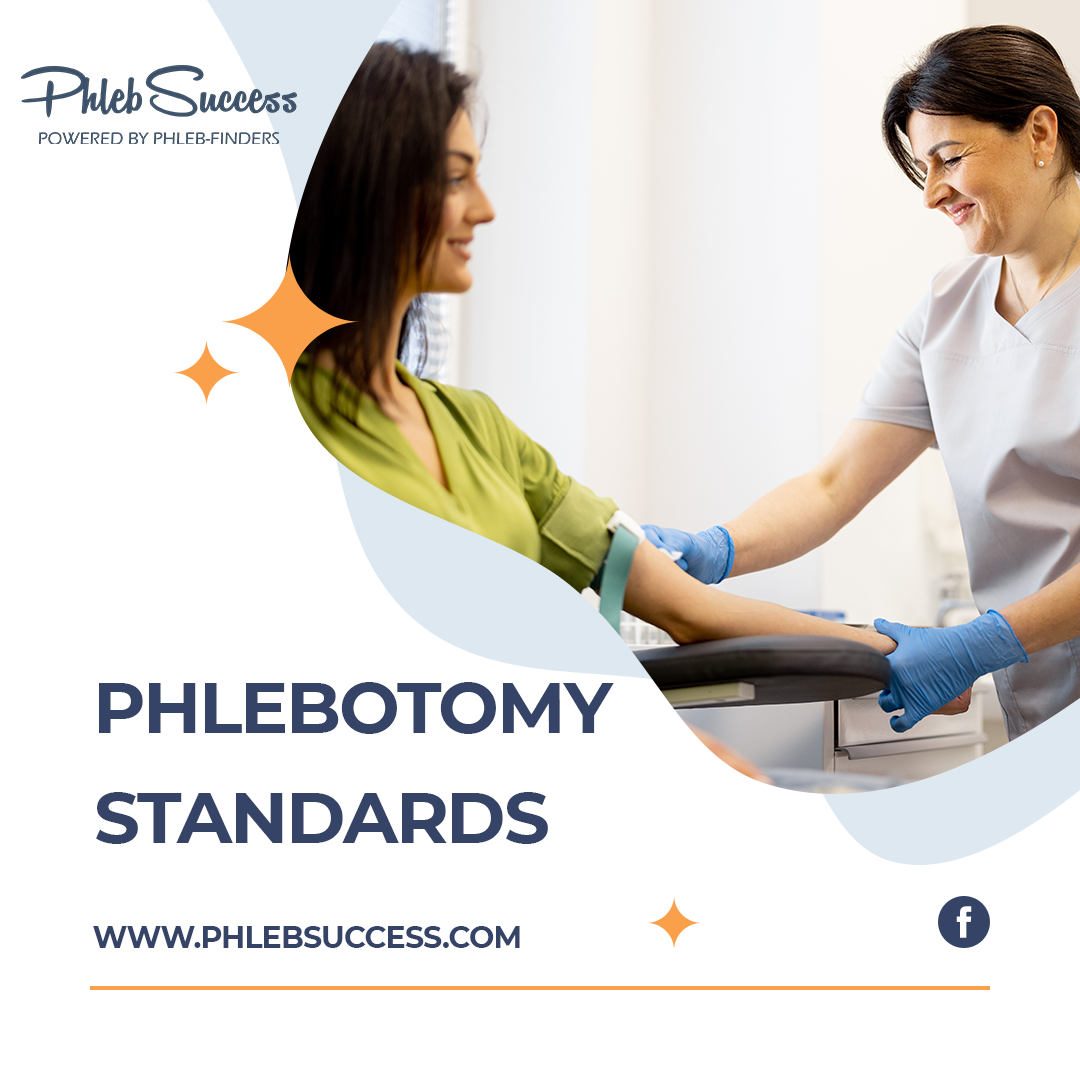Best practices for infection prevention and control in phlebotomy
Infection prevention and control are paramount in the practice of phlebotomy to ensure the safety of both patients and healthcare workers. Adhering to strict protocols and best practices significantly reduces the risk of transmitting infectious agents during blood collection procedures. Phlebotomists must maintain a comprehensive understanding of infection control measures and consistently implement these practices in their daily work.
One fundamental aspect of infection prevention in phlebotomy is the meticulous sterilization and disinfection of equipment, including venipuncture needles, lancets, and collection tubes. Proper disinfection protocols, such as using alcohol swabs to cleanse the venipuncture site and allowing sufficient drying time, substantially mitigate the risk of introducing pathogens into the bloodstream. Additionally, the appropriate disposal of sharps and biohazardous waste is imperative to prevent accidental needlestick injuries and exposure to potentially infectious materials.
Reference:
- OSHA Bloodborne Pathogens Standard 29 CFR 1910.1030, Occupational Safety and Health Administration.
Furthermore, adherence to standard precautions, such as wearing gloves, gowns, and protective eyewear, serves as a vital defense against bloodborne pathogens and other infectious hazards. Phlebotomists should also prioritize hand hygiene by diligently washing their hands with soap and water or using alcohol-based sanitizers before and after patient interaction, as well as after removing gloves. These practices significantly reduce the risk of microbial transmission and cross-contamination in clinical settings.
Reference:
- Siegel, J. D., Rhinehart, E., Jackson, M., Chiarello, L., & Health Care Infection Control Practices Advisory Committee. (2007). Guideline for isolation precautions: Preventing transmission of infectious agents in healthcare settings.
An integral component of infection prevention is the proper management of accidental exposures to blood or bodily fluids. Phlebotomists should be well-versed in the facility’s exposure control plan, which outlines the steps to be taken in the event of an exposure incident. Prompt reporting and evaluation of such incidents are crucial to initiating timely interventions and minimizing the potential consequences of exposure.
Reference:
- Centers for Disease Control and Prevention. (2001). Updated U.S. Public Health Service guidelines for the management of occupational exposures to HBV, HCV, and HIV and recommendations for postexposure prophylaxis.
By prioritizing infection prevention and control in phlebotomy, healthcare facilities and practitioners uphold the highest standards of patient safety and occupational health, creating a secure environment for both patients and healthcare personnel.
Reference:
- Boyce, J. M., & Pittet, D. (2002). Guideline for hand hygiene in health-care settings: Recommendations of the Healthcare Infection Control Practices Advisory Committee and the HICPAC/SHEA/APIC/IDSA Hand Hygiene Task Force.
